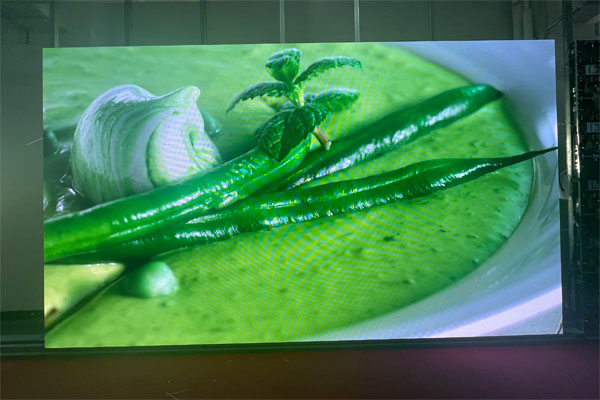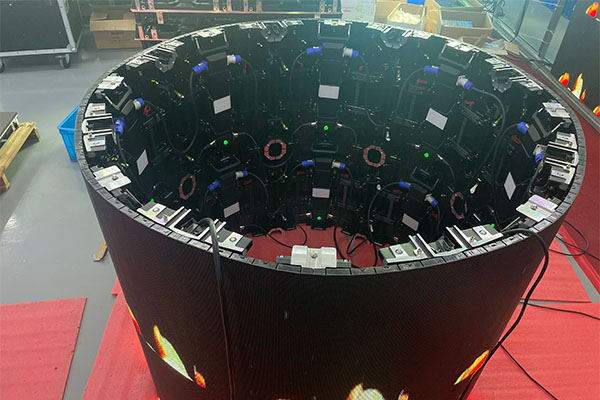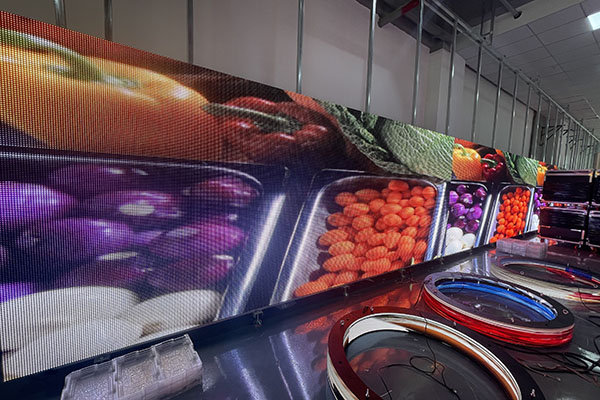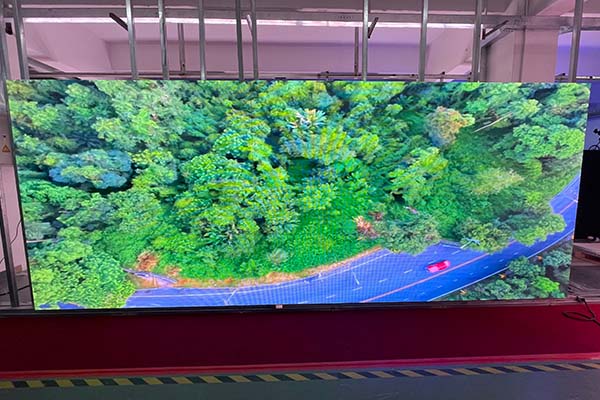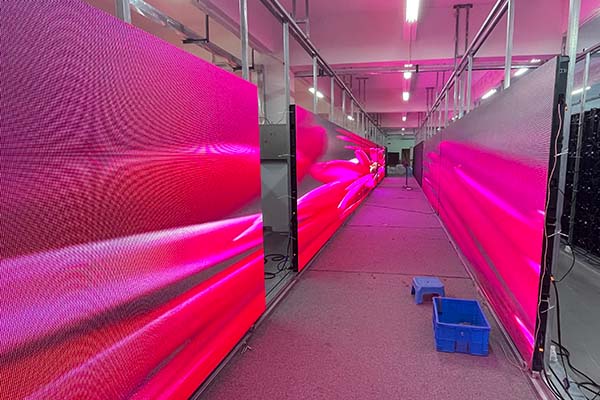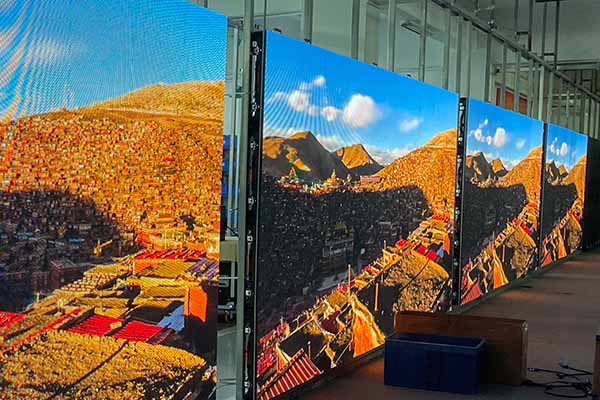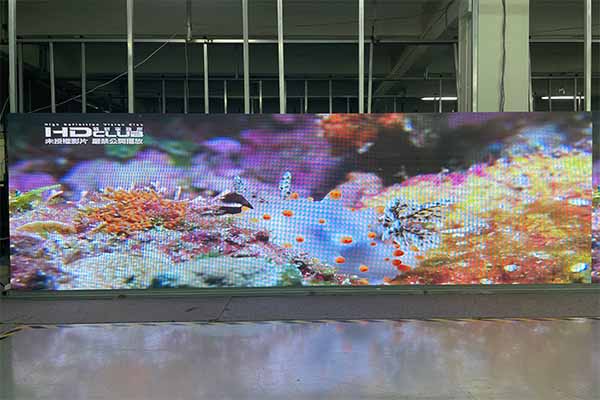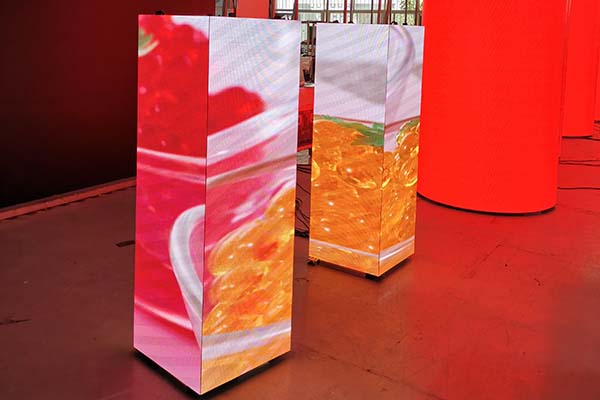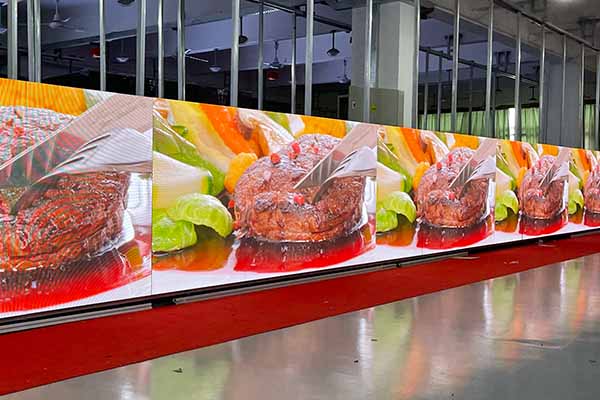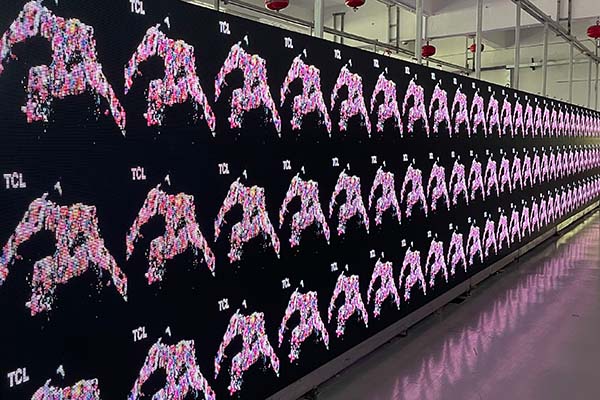In an LED display screen, the Driver IC (Integrated Circuit) plays a crucial role in managing and controlling the LED modules to ensure accurate color reproduction, brightness, and overall screen performance. There are two main types of Driver ICs used in LED display systems: constant current and constant voltage. Understanding the differences between these two types is essential for optimal screen performance.
1. Constant current (CC) IC:
A constant current driver IC ensures that the current flowing through the LED modules remains constant regardless of fluctuations in the power supply or any inconsistencies in the LEDs. This helps to maintain consistent brightness and color, while also preventing damage caused to the LEDs due to over-current, which can extend the lifespan and improve the reliability of the display.
Advantages of Constant Current IC:
– Consistent brightness and color uniformity across the display
– Increases the lifespan of the LEDs by preventing damage from over-current
– Robust performance even when there are variations in the power supply, LED open circuits or short circuits
2. Constant Voltage (CV) IC:
Constant voltage driver ICs regulate the voltage across the LED modules and can be simpler and less expensive. However, there can be variations in the current flowing through the LEDs, which can impact brightness consistency and color uniformity. Another disadvantage is that in case of any significant fluctuation in the power supply or any inconsistencies in the LEDs, constant voltage ICs may not provide adequate protection, which can lead to increased wear and tear or even damage to the LEDs.
Advantages of Constant Voltage IC:
– Simpler circuit design and usually less expensive
– Can be appropriate in some display applications where uniformity and long-term performance are less critical
Disadvantages of Constant Voltage IC:
– Less consistent brightness and color uniformity across the display
– Reduced protection against damage from variations in power supply or LED inconsistencies

In summary, the primary difference between constant current and constant voltage driver ICs in LED display screens lies in their performance and protection capabilities. Constant current ICs provide better control over the electrical characteristics, offering superior brightness and color uniformity, and longer lifespan. In contrast, constant voltage ICs may be simpler and cheaper but offer less protection and performance in terms of color and brightness uniformity. The choice between the two depends on the specific requirements of the LED display application and the desired balance between cost, performance, and reliability.
When selecting which Driver IC type is best suited for a particular LED display application, it is crucial to consider additional factors such as the intended usage environment, display size, pixel pitch, and overall budget.
1. Usage environment:
In high-stress environments where displays are exposed to significant temperature fluctuations, humidity, or other external factors, constant current ICs may be the preferred choice due to their higher performance and protection capabilities.
2. Display size and pixel pitch:
For large display screens or screens with a high pixel density where consistent brightness and color uniformity are of utmost importance, constant current ICs may offer a better visual performance. In contrast, for smaller screens or low-resolution applications where minor variations in brightness and color are less noticeable, constant voltage ICs may suffice.
3. Budget considerations:
While the initial cost of constant voltage ICs may be lower, the long-term costs of maintenance, component replacement, and potential degradation in display quality should also be taken into account. Constant current ICs might have a higher initial cost but can provide better long-term value by maintaining consistent performance and protecting the LEDs for an extended lifespan.
4. Application requirements:
Depending on the specific requirements of the LED display application, such as digital signage, broadcasting, or architectural installations, different performance standards and compliance regulations may apply. Constant current ICs are typically better suited for applications demanding high quality, consistent visual output, and reliable performance. On the other hand, constant voltage ICs might be sufficient for less demanding applications where performance and compliance standards are not as strict.
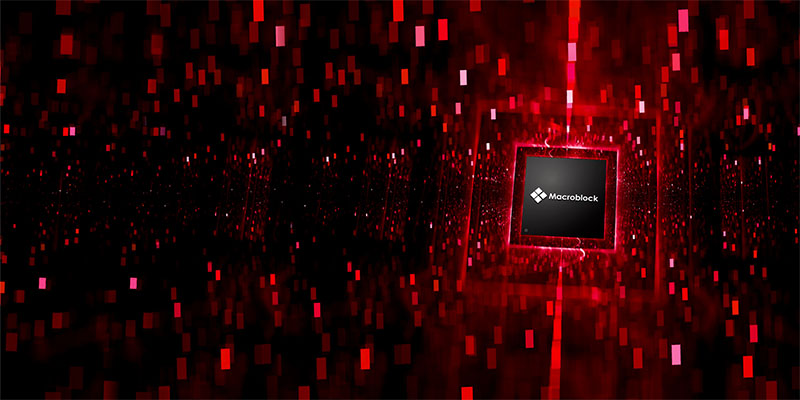
Ultimately, the choice between constant current or constant voltage driver ICs for LED display screens depends on the unique combination of application requirements, environmental factors, and budget considerations. In most cases, constant current ICs are recommended due to their superior performance, protection, and durability. However, constant voltage ICs may be a suitable option for less demanding applications or cases where cost-saving is a priority. Always consult with TLI LED professional LED display manufacturers or technicians to ensure you are selecting the right components to meet your specific needs and ensure optimal performance for your LED display screen.
In conclusion:
understanding the key differences between constant current and constant voltage driver ICs for LED display screens is critical, as it allows for an informed decision-making process about the most suitable IC type for the intended application. By considering factors such as the intended use environment, display size, pixel pitch, application requirements, and budget, you can select the most appropriate driver IC to meet performance, durability, and value expectations.
It is always best to consult with experts in the LED display industry, contact us TLI LED to make sure that the chosen driver IC aligns with the overall goals and requirements of the project. By doing so, you will ensure a high-quality, reliable, and visually impressive LED display that meets your expectations while providing a long-lasting and satisfying viewing experience.


